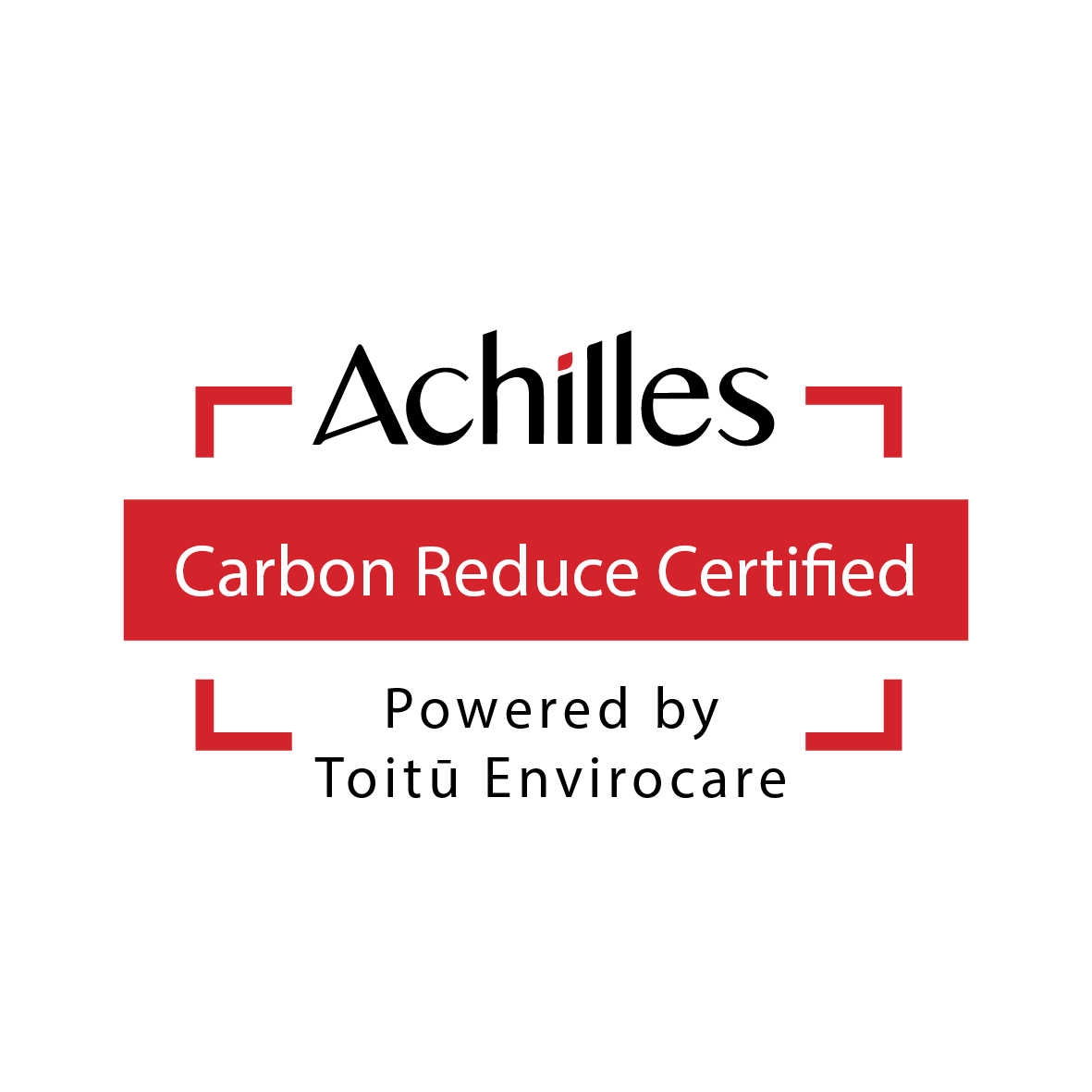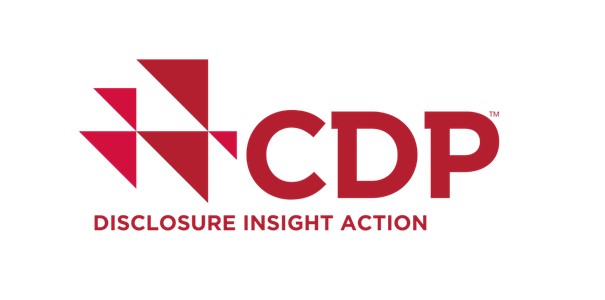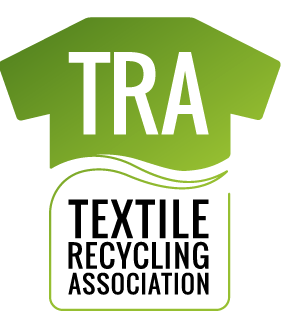Plasterboard waste collection and disposal
Discover effective disposal strategies for managing plasterboard waste in your business with Reconomy. Get an instant quote today.
Plasterboard waste collection for businesses
Segregation and correct disposal of plasterboard waste is more important than you might think. Not only can plasterboard contaminate other waste streams, but failing to follow the correct procedures can also lead to legal issues.
Here at Reconomy, we help thousands of partners across the UK with correct plasterboard waste collection and disposal every day, introducing expert onsite segregation and processes.
If your business is producing large amounts of plasterboard waste and needs expert onsite segregation practices, Reconomy is here to help.
Plasterboard waste skips and containers
The on-site segregation of plasterboard is a fundamental part of the waste management policy implemented across our partners in the construction and housebuilding sectors. Below are some of the services used to help with this segregation:
6 yard skips
6 yard skips8 yard skips
8 yard skips10 Yard Skip
10 Yard Skip12 yard skip
12 yard skip20 Yard Skip
20 Yard Skip40 Yard Skip
40 Yard SkipEnclosed Skip Hire
Enclosed Skip HireWait and load skips
Wait and load skipsYes, it is. This is because plasterboard waste contains a toxic gas called ‘gypsum’, which will contaminate other waste if it finds its way in there.
Because of this, plasterboard waste must be segregated away from general waste.
To dispose of plasterboard responsibly, you need to separate it from other construction waste being generated on-site.
You will need to set up a segregated area at your construction or renovation site for plasterboard scraps to store the waste. Make sure everyone on-site knows the importance of sorting the waste correctly.
Plasterboard specifically, also referred to as Gypsum and in Scotland regularly referred to as Gyp-Roc, is a board made of plaster and set between two sheets of paper and used primarily to form or line the inner walls of a property, and classified under the EWC (European Waste Catalogue) code of 17.08.02
When renovating or demolishing buildings, leftover pieces, damaged boards, or scraps create what we call plasterboard waste.
It may seem like just another construction material, but plasterboard waste needs special attention. Unlike regular household waste, it can’t just be tossed into a general landfill. Why? Because it contains gypsum, whic
Plasterboard, also known as drywall or gypsum board, is widely used in construction for interior walls and ceilings. The material consists of a gypsum core sandwiched between two sheets of paper. While effective for building, plasterboard presents several issues when it comes to disposal, particularly in terms of contamination and landfill regulations.
As part of the build phase dry liners will use plasterboard to build the internal walls and ceilings of the property. With plasterboard being banned from landfill in 2007, it means any found in a general waste collection won’t be accepted as part of a mixed waste load.
Request a quote for expert wood waste disposal
Please complete the details below and one of our team will contact you shortly.
Related services
Explore our related services for commercial waste collection







